The best trail running shoes: get a grip on the trickiest terrain
Keep up your speed whatever the conditions with a pair of the best trail running shoes
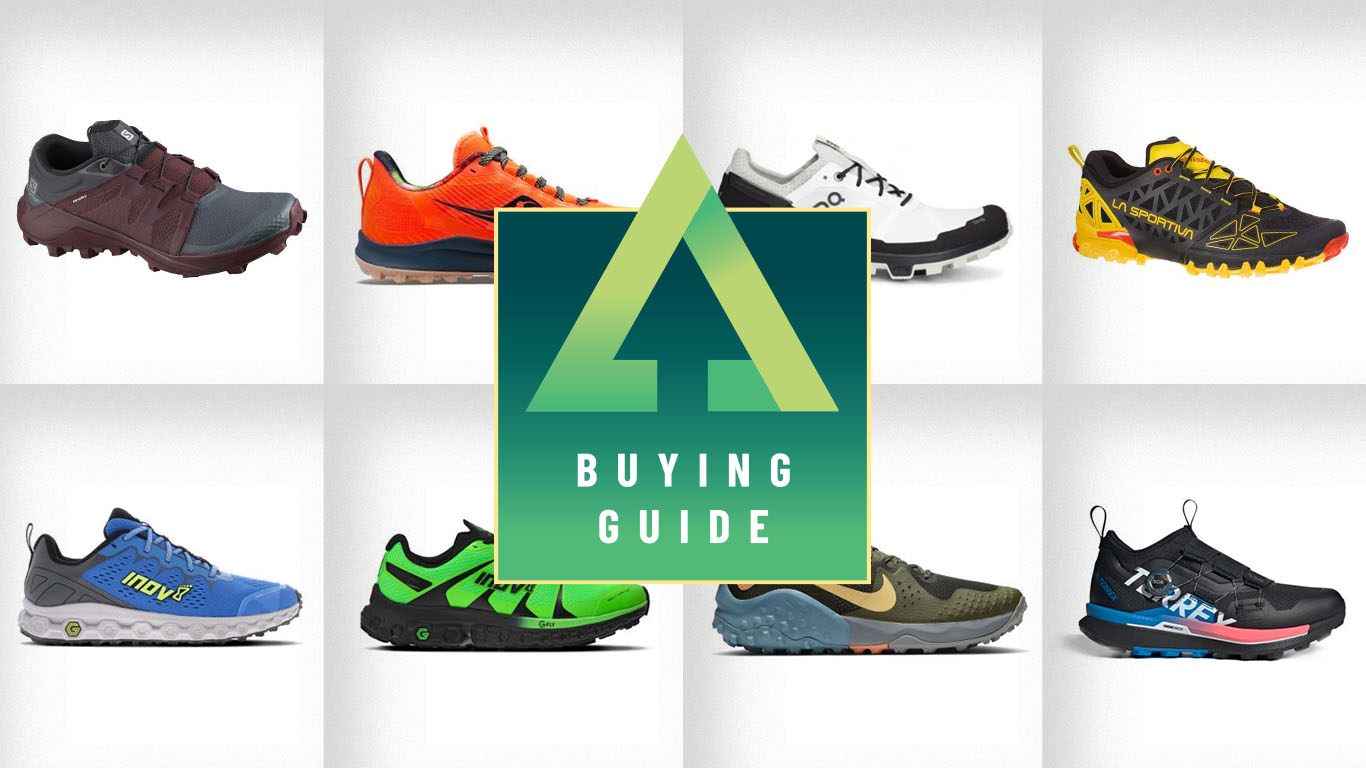
- Quick list
- Best overall
- Best for slick terrain
- Best for durability
- Best for heel strikers
- Best for foot lockdown
- Best for cushioning
- Best for long runs
- Best lightweight shoe
- Best for technical trails
- Best for winter conditions
- Best for summer
- Best for ultra runners
- Comparison table
- How we test
- How to choose
If you're planning to run off road throughout the year then you’ll need a pair of the best trail running shoes. With reinforced foot plates and sticky treads you can tackle treacherous frost, squelchy mud, and debris-strewn ground in a single outing.
As well as traction, the best trail running shoes provide breathability, protection and a certain amount of cushioning, which differs from shoe to shoe.
More cushioning equals a bouncy ride, so if that’s your priority, make sure you also check our guide to the most comfortable trail running shoes. Others prefer the trail feel the best barefoot running shoes give. If you love getting messy then we recommend our specialist guide to the best mud running shoes.
All the trail shoes featured have been thoroughly put through their paces in the backcountry by our testers in a wide variety of conditions. Team them with one of the best running jackets and you’re ready for all conditions.
We’ve also tested the best cheap running shoes and the best running water bottles for hydration on the go.
The quick list
This is our quick list, a brief overview of the best trail running shoes available today. To find out more about each product, see our more detailed write ups further down the page in this guide.
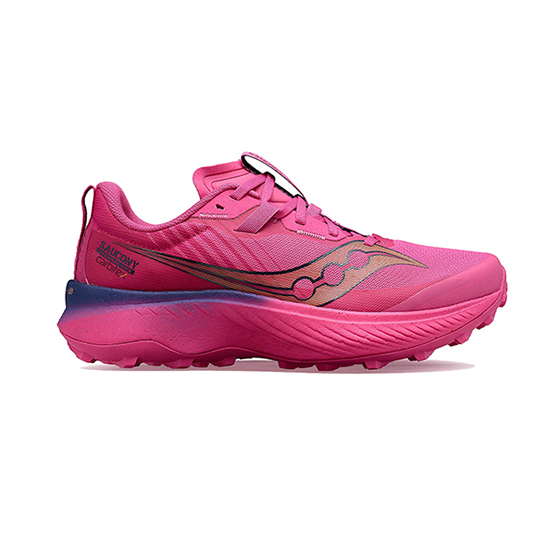
The Saucony Endorphin Edge is built for speed on tricky terrain. We love the fast, fun ride it gives, thanks to its full-length carbon plate
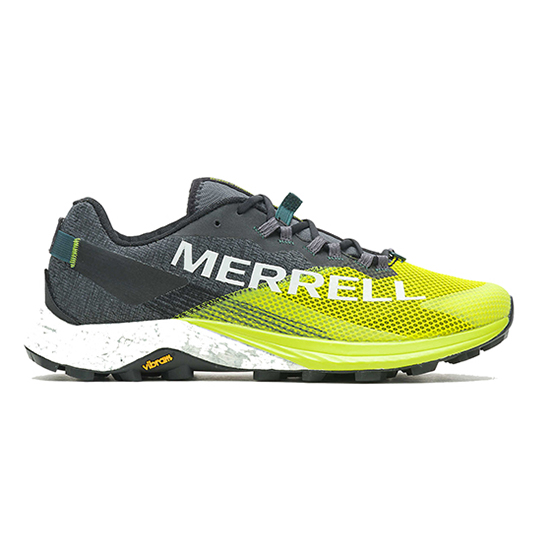
This shoe strikes a nice balance between cushioning and a decent trail feel. We'd choose them for handling technical terrain and mixed conditions with confidence
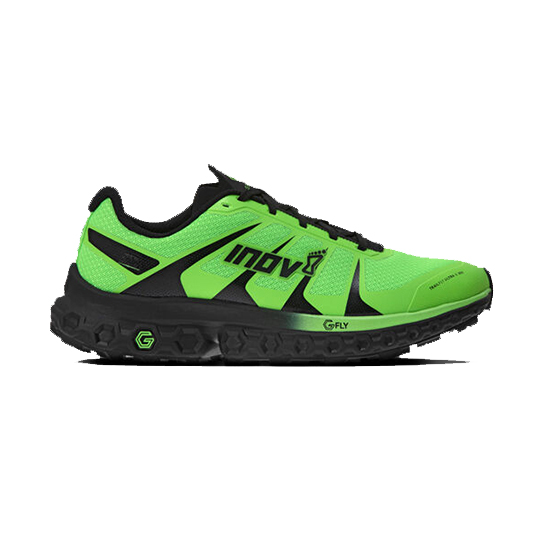
We're here for the long-haul comfort from soft cushioning, rugged durability, grippy traction and energy propulsion. It also doesn’t have the unyieldingly firm sensation many new trail shoes do
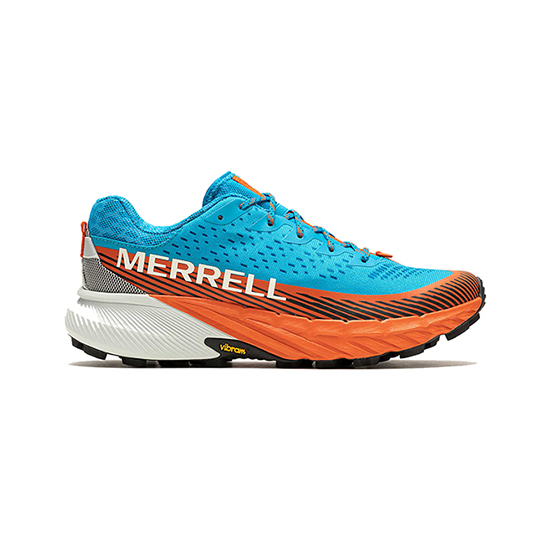
We appreciated the generous amount of FloatPro Foam in the midsole. When testing, these had plenty of cushioning and positive rebound, although the high, bouncy stack came at the expense of all trail feel
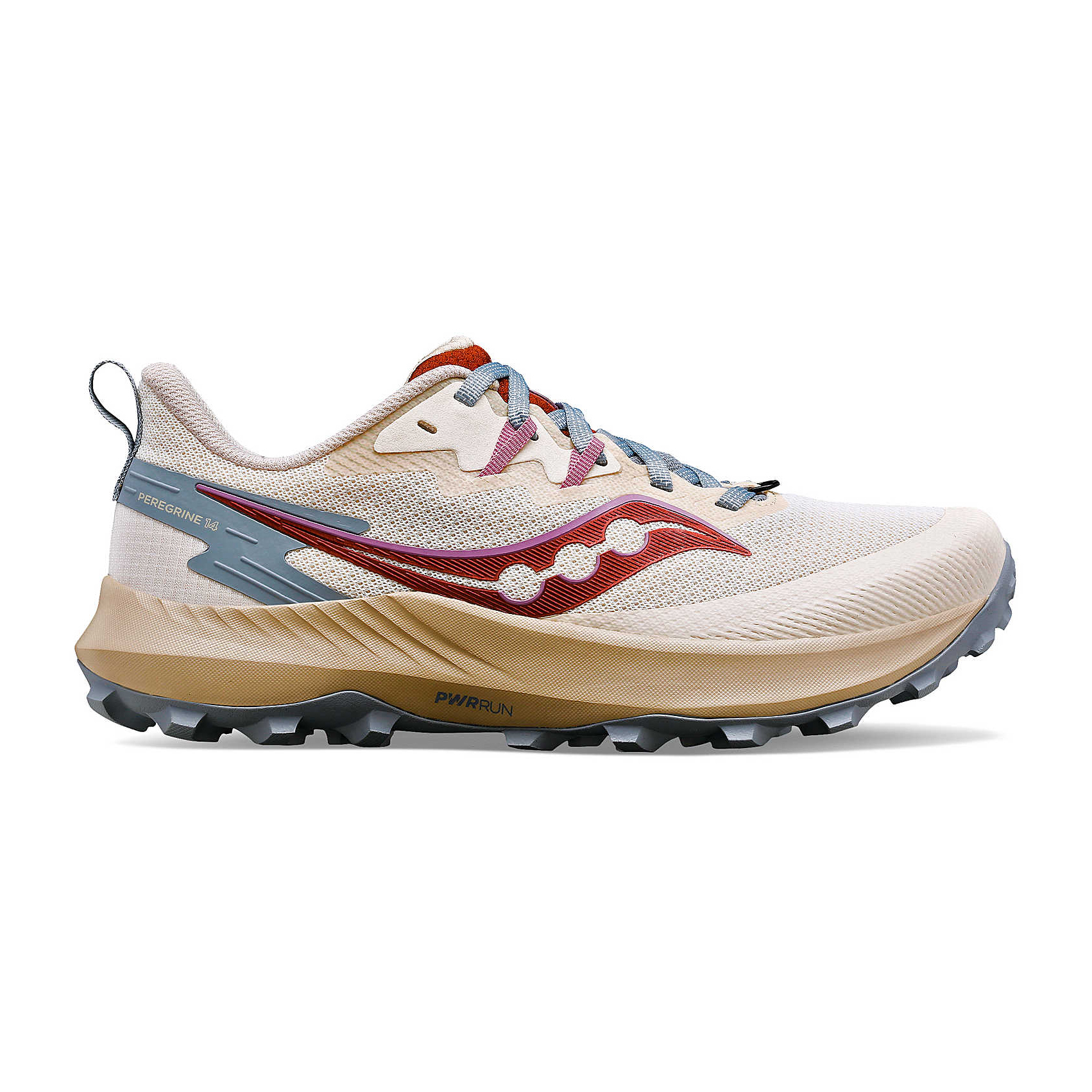
These shoes help you move quickly over rough ground and offer good protection and stability with their excellent foot lockdown, but we think they take some breaking in
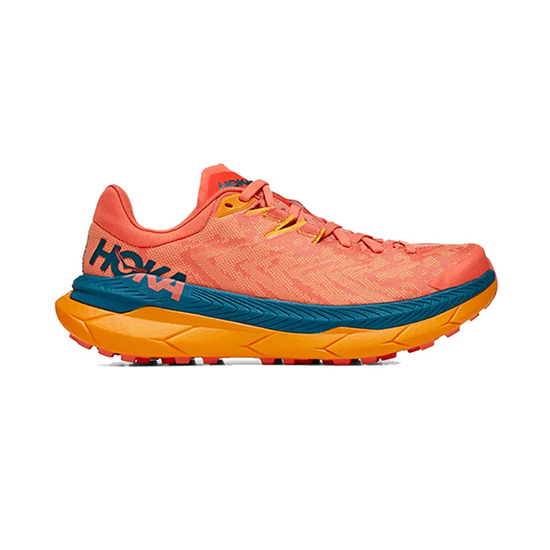
We'd recommend this shoe for running on forest tracks and lower level trails, as well as some asphalt, rather than technical, muddy and rocky hill paths and mountain slopes
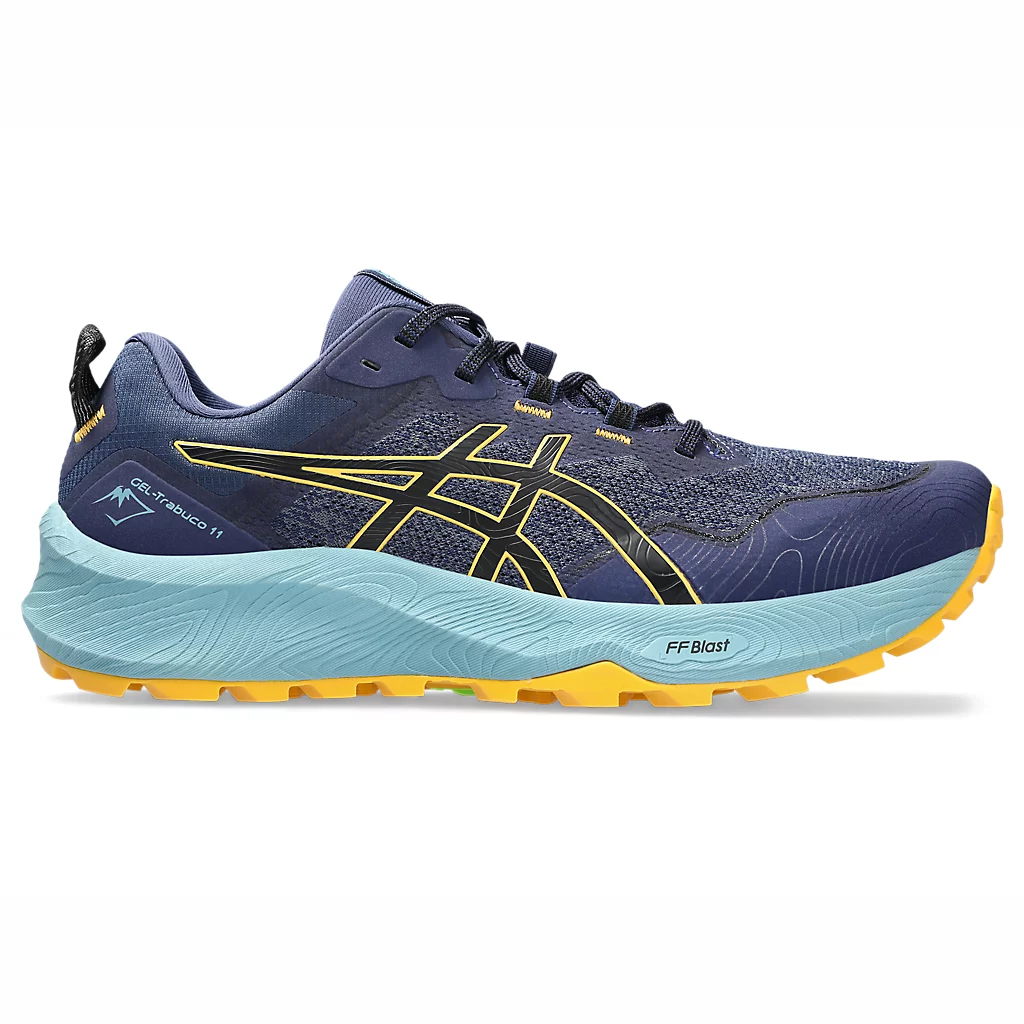
The lack of protection against hard rocks on the uppers mean that, while there's plenty of cushion underfoot, we'd save these for long, easy runs, rather than rugged technical trails
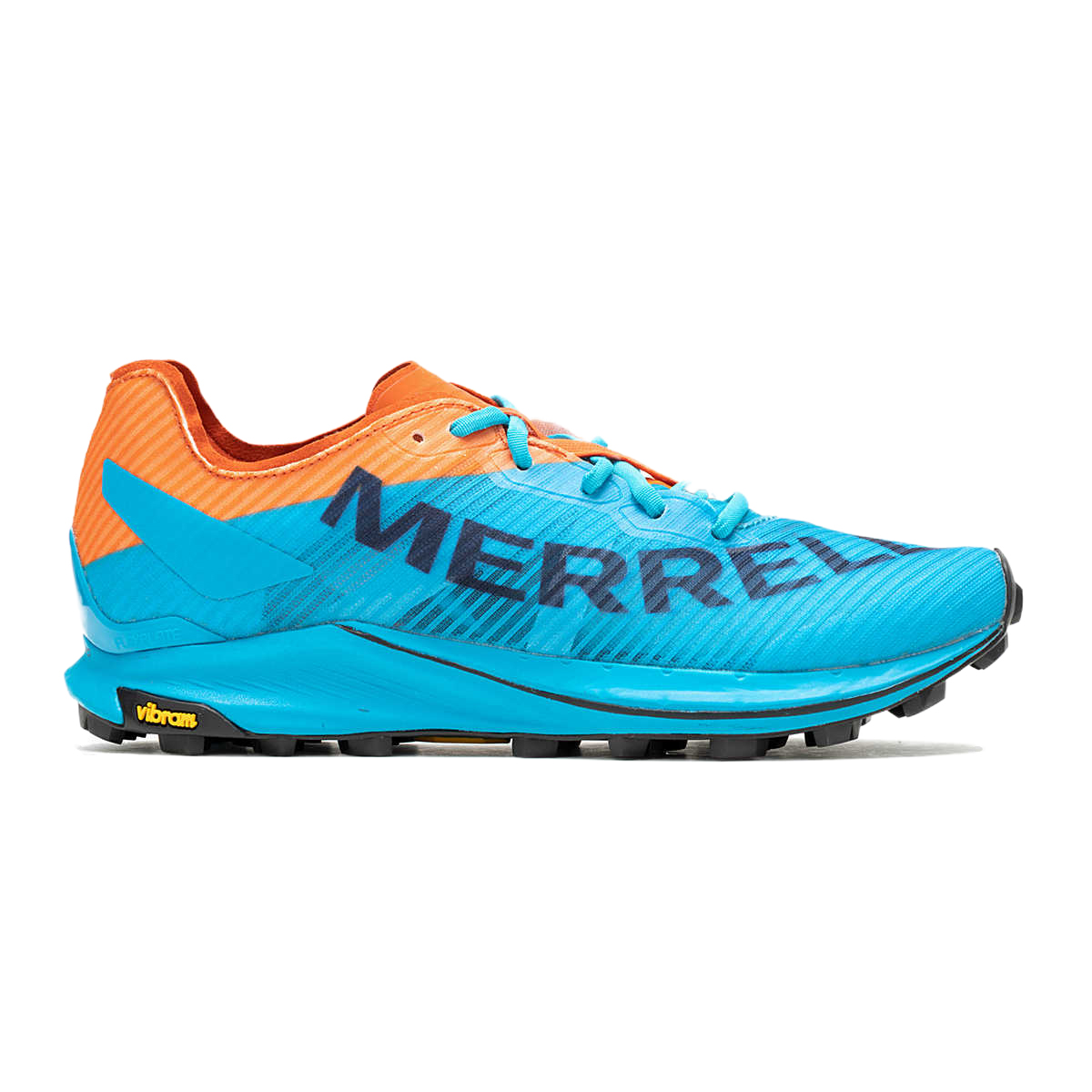
Ultralight, breathable shoes with superior grip, these trail runners are your best companion for days when you want to move fast
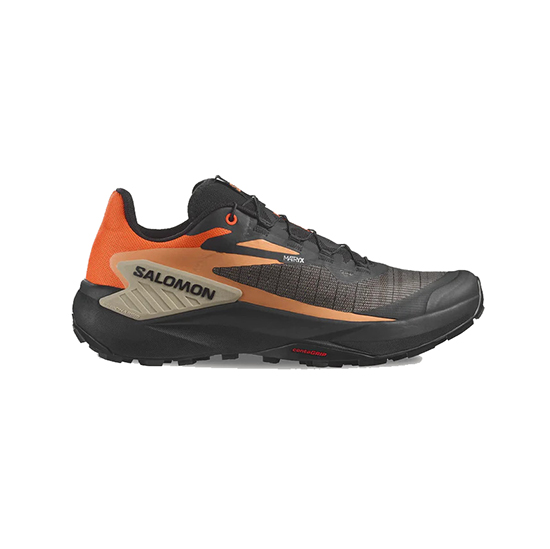
The Genesis have a large stack and a heel-to-toe drop of 8mm, which we found perfect for trail running on varied terrain, offering an ideal balance between supplying protection and maintaining a low centre of gravity
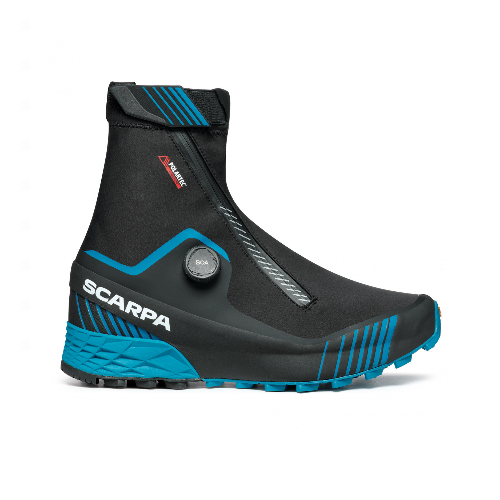
Extremely protective for a trail shoe, the Scarpa Ribelle Run Kalibra G isn't a shoe for park runs or easy trails but mountain goats will enjoy it, particularly those who venture out in winter.
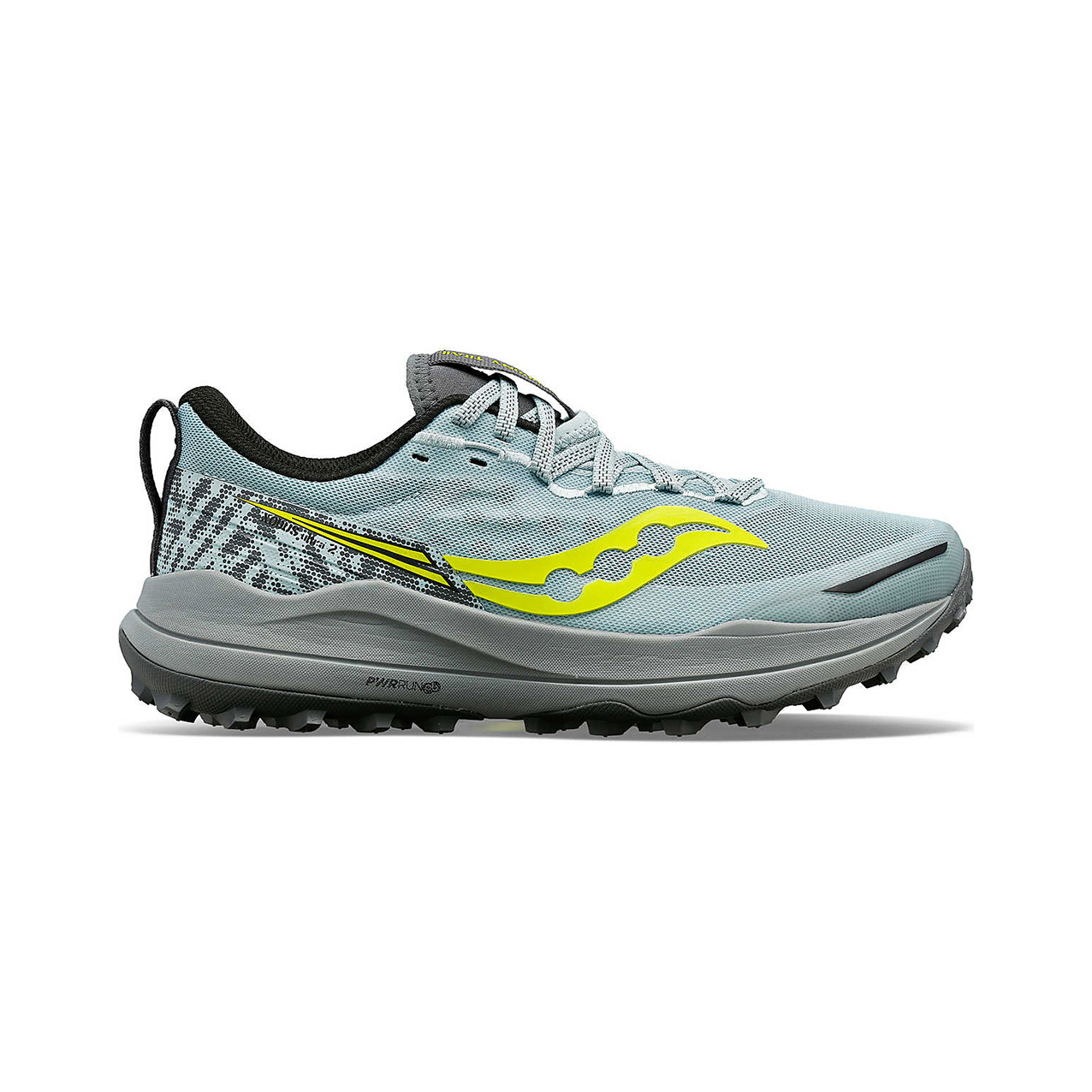
Breathable and roomy, with a great level of comfort, the Saucony Xodus Ultra 2 is perfect for those summer runs, on multiple types of terrain
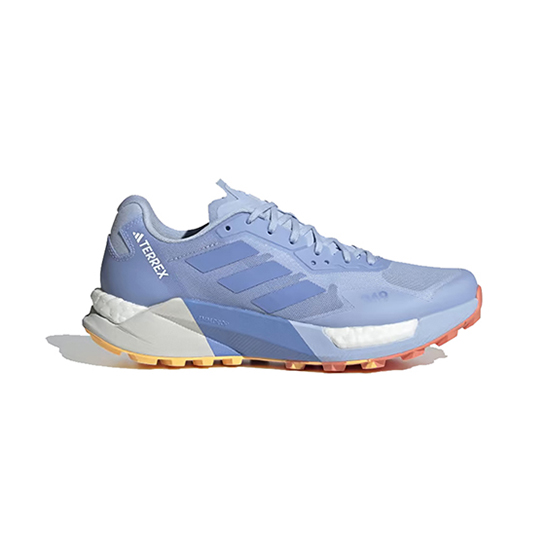
While there may not be anything specifically unique about these shoes, we think they'll be a good all-rounder for ultra running and will eat up any terrain you throw at them
The best trail running shoes
You can trust Advnture
The best overall
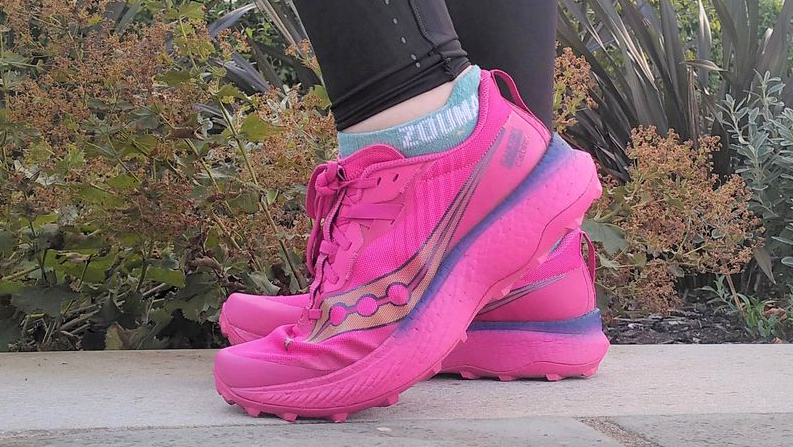
Specifications
Reasons to buy
Reasons to avoid
The first thing we noticed when we pulled the Saucony Endorphin Edge out of its box was its light weight and stiff build. Both of these can be attributed to a full-length carbon plate embedded in the midsole, which is springy and fun even on difficult terrain, offering plenty of control. This is reinforced by a full-length rockplate to protect the midsole EVA foam from stones and roots.
The upper is closely woven with a thinly cushioned, gusseted tongue to prevent ingress of dirt, grit, and water. The toe is reinforced with a generously sized rubberized area, and there's a firm plastic heel counter round the back. Saucony has also built in a heel loop to make the Edge easier to pull on swiftly when it's time to hit the trails. The outsole is equipped with chevron-shaped lugs, which are quite widely spaced. We found they prevented the accumulation of excess mud.
The Saucony Endorphin Edge is built for speed on tricky terrain, and gives a fast, fun ride thanks to its full-length carbon plate. The foam midsole strikes the perfect balance, offering enough cushioning to absorb shock (particularly on downhills) without compromising stability. If your wallet can take the hit, it's easily one of the best trail running shoes you can buy today.
Read our full Saucony Endorphin Edge review
The best for slick terrain
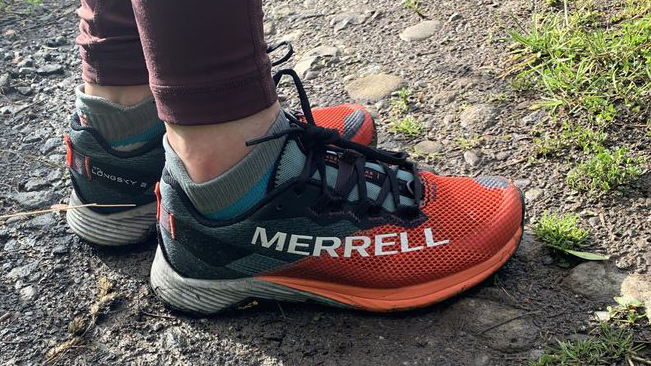
Specifications
Reasons to buy
Reasons to avoid
These trail runners are lightweight for when we wanted to go fast and far and with an internal bootie that pulls on like a sock, we got an instant locked-in fit without having to retie our laces. Easy to pull on, the snug fit around the cuff is balanced with a roominess around the toe box which adds to the light, airy feel of these shoes.
Breathable mesh uppers with a TPU overlay manage to be durable and keep feet cool when out in hot weather, plus they’re quick drying for when we were splashing through puddles. Once we hit uneven, rocky terrain, we really appreciated the stability provided by the low 4mm drop combined with 5mm lugs on the MegaGrip soles, which hold up even in slick conditions. They’re not waterproof, but with gaiter attachments we could easily protect our feet in any deluge.
The FloatPro Foam midsole strikes a nice balance between cushioning and a decent trail feel. These aren’t big and bouncy for super long runs, nor are they barefoot and minimal – they’re great for handling technical terrain and mixed conditions with confidence.
Read our full Merrell MTL Long Sky 2 trail running shoes review
The best for durability
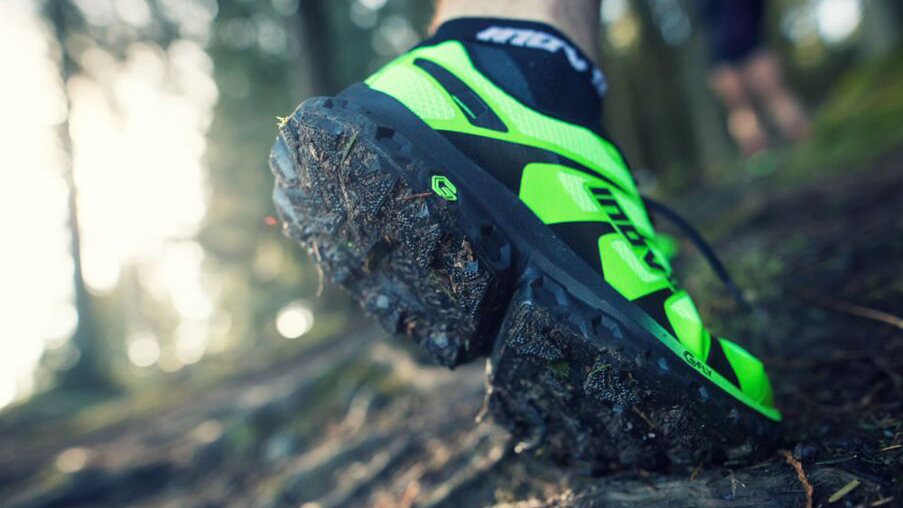
Specifications
Reasons to buy
Reasons to avoid
In April 2021, inov-8 unveiled the Trailfly Ultra G 300 Max, featuring the world’s first graphene-enhanced midsole compound (called G-fly foam). Combined with the extreme durability of the brand's graphene-enhanced rubber outsole, this shoe is taking trail running footwear into a whole new realm. Graphene has been reported to be the world’s strongest material, but as a nanotechnology it is also one of the thinnest. When inov-8 included the two-dimensional honeycomb lattice carbon allotrope (say that 10 times fast while running over rocks!) into a proprietary foam compound it resulted in 25% more energy return and vastly enhance durability compared to other midsole
As trail runners, we want long-haul comfort from soft cushioning, rugged durability, grippy traction and energy propulsion that puts a spring in our steps, and the TrailFly Ultra G 300 Max offers all of that and more. It doesn’t have the unyieldingly firm sensation as many new trail shoes do, with carbon-fiber propulsion plates embedded in their midsoles – instead, with these there’s a soft, flexible and resilient sensation that will pay dividends deep into a long training run or a 50K or 100-mile trail running race. On the downside, if you’re a tactile runner and you like a bit of trail feel, you’re not going to get any of that with these shoes, which have a chunky, almost maximalist midsole with a rocker, which performs well in terms of transference of energy, but completely cuts out any feedback from the terrain below your feet.
Read our full inov-8 Trailfly Ultra G 300 Max review
The best for heel strikers
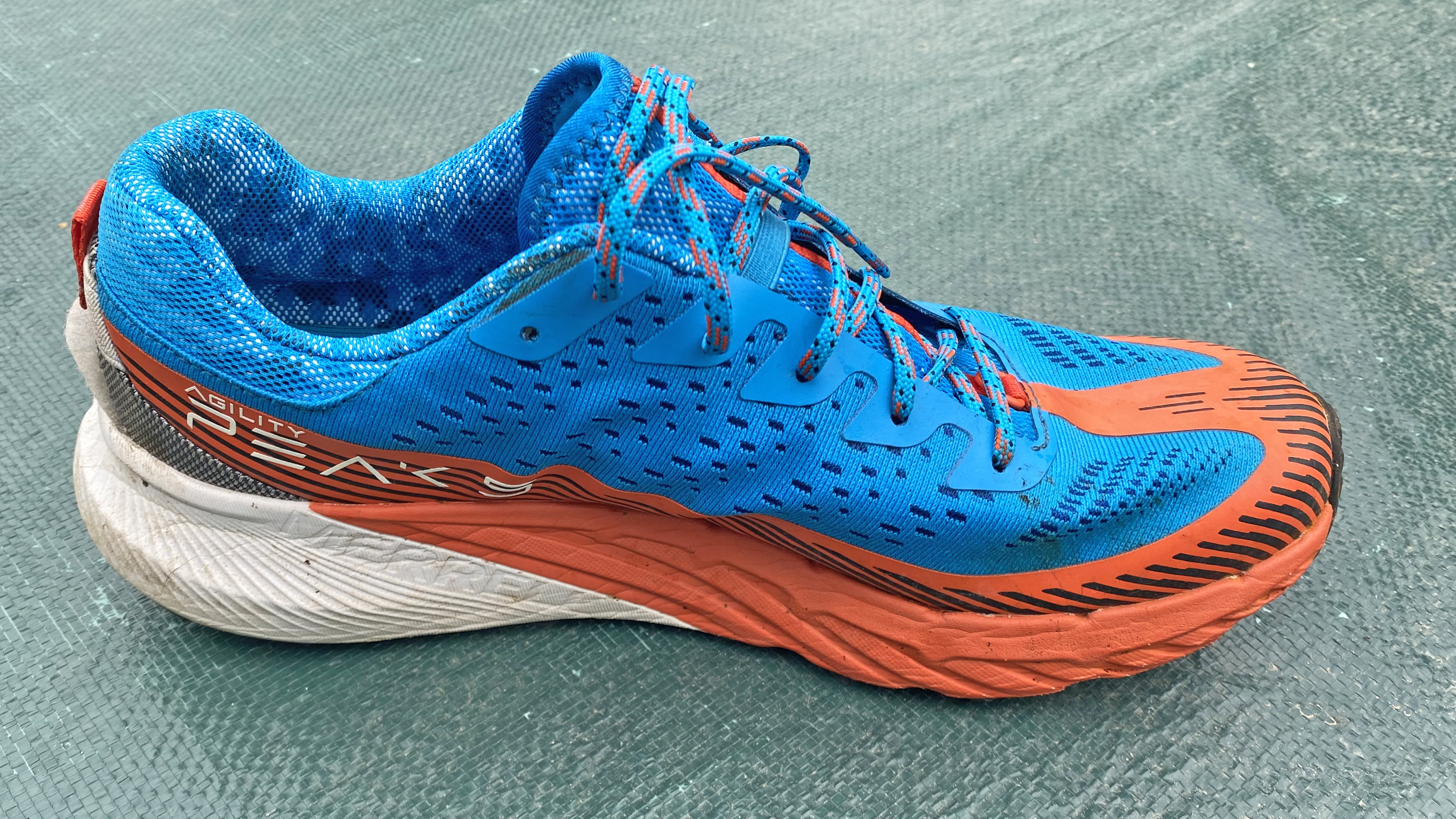
Specifications
Reasons to buy
Reasons to avoid
For the new iteration of their popular and high-performing Agility Peak trail running shoe, Merrell have increased the roll in the rocker, shaved a few grams from the overall weight and improved the heel cup, so it supplies more support and increases runner confidence on tricky trails.
Despite the reverse camber shape of the sole, designed to assist with forward momentum (especially for heel-strikers), there is a 6mm heel-to-toe drop in these shoes, which is modest enough to suit most trail runners. The amount of FloatPro Foam in the midsole is generous, and when testing, these shoes supplied us with plenty of cushioning and positive rebound, although this high, bouncy stack comes at the expense of all trail feel.
Feedback from the terrain would be limited anyway, because a protective rockpate runs along the length of the Agility 5, preventing sharp rocks and sticks from puncturing your poor feet, and supplying a decent degree of torsional rigidity that comes in handy when you’re negotiating rocky scrambly sections of a high-flying route. Lower down, in amongst the mud, the nicely spaced 5mm lugs on the excellent Vibram MegaGrip outsole provide the traction and braking control required to tackle slippery ascents and descents, without collecting too much muck.
Find out how the shoes performed when one of our expert gear testers put them on to tackle the technical trails in the tough, rough and rocky terrain of the Alps around Chamonix.
Read our full Merrell Agility Peak 5 review
The best for foot lockdown
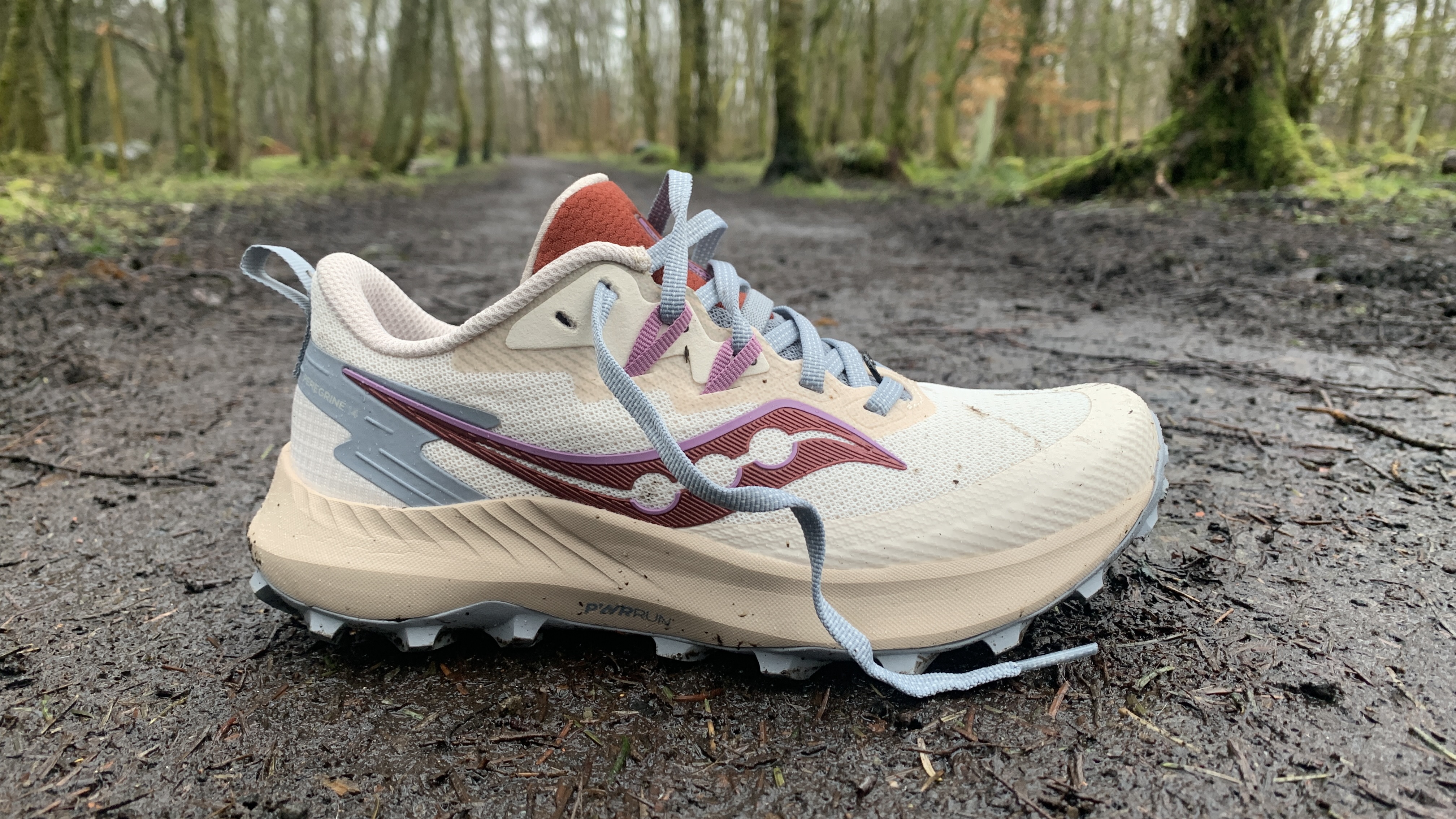
Specifications
Reasons to buy
Reasons to avoid
These great shoes are built for people who don’t want to slow down just because they’re crossing uneven terrain. The Saucony Peregrine 14 trail running shoe gives an excellent lockdown fit as soon as you tie the laces, while a tacky outsole gives you excellent grip on steep descents, mud, grass, rocks and even wet boardwalks, helping to propel you forward with every step. The lockdown is helped by a tighter fit than other similar shoes, and while this ensures stability in the long run, sizing up may be advised.
The lack of a carbon plate doesn't affect things too much, with excellent heel sturdiness and the addition of some great flex to the shoe, something missing with the current trend towards plates. There's also enough padding for rocky trails, allowing the wearer to adapt to changes in terrain with every step.
While the shoes have excellent breathability, heel stiffness can be a problem initially, with some heel rub affecting the overall comfort All in all, these trail running shoes help you move quickly over rough ground and offer good protection and stability, but aren’t quite tough enough for muddy trails and steep, ultra technical terrain.
Read our full Saucony Peregrine 14 trail running shoes review
The best cushioning
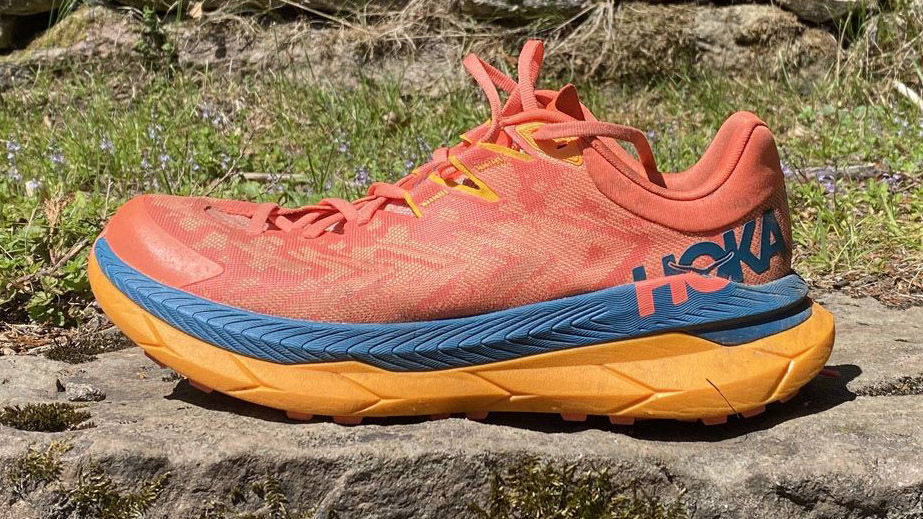
Specifications
Reasons to buy
Reasons to avoid
Hoka Tecton X trail running shoes are designed for speed on the trails, while also offering plenty of comfort.
The upper is single-layer jacquard engineered mesh that hugs the foot. Hoka has added a non-molded EVA sockliner to aid support inside the shoe. Polyester laces with (undefined) recycled content fit into a ghillie lacing system to make it easy to lace them up to the required tension. Underfoot there is a a ProFlyX midsole, which combines a lightweight and responsive foam base with an ultra-soft foam in-sole lining.
The outsole is Hoka’s own design of Vibram Megagrip with Litebase construction. The lugs are 4mm depth and with “zonal rubber placement” to offer grip where needed. This is a shoe for running on forest tracks and lower level trails, as well as some asphalt, rather than technical, muddy and rocky hill paths and mountain slopes.
Read our full Hoka Texton X review
The best for long runs
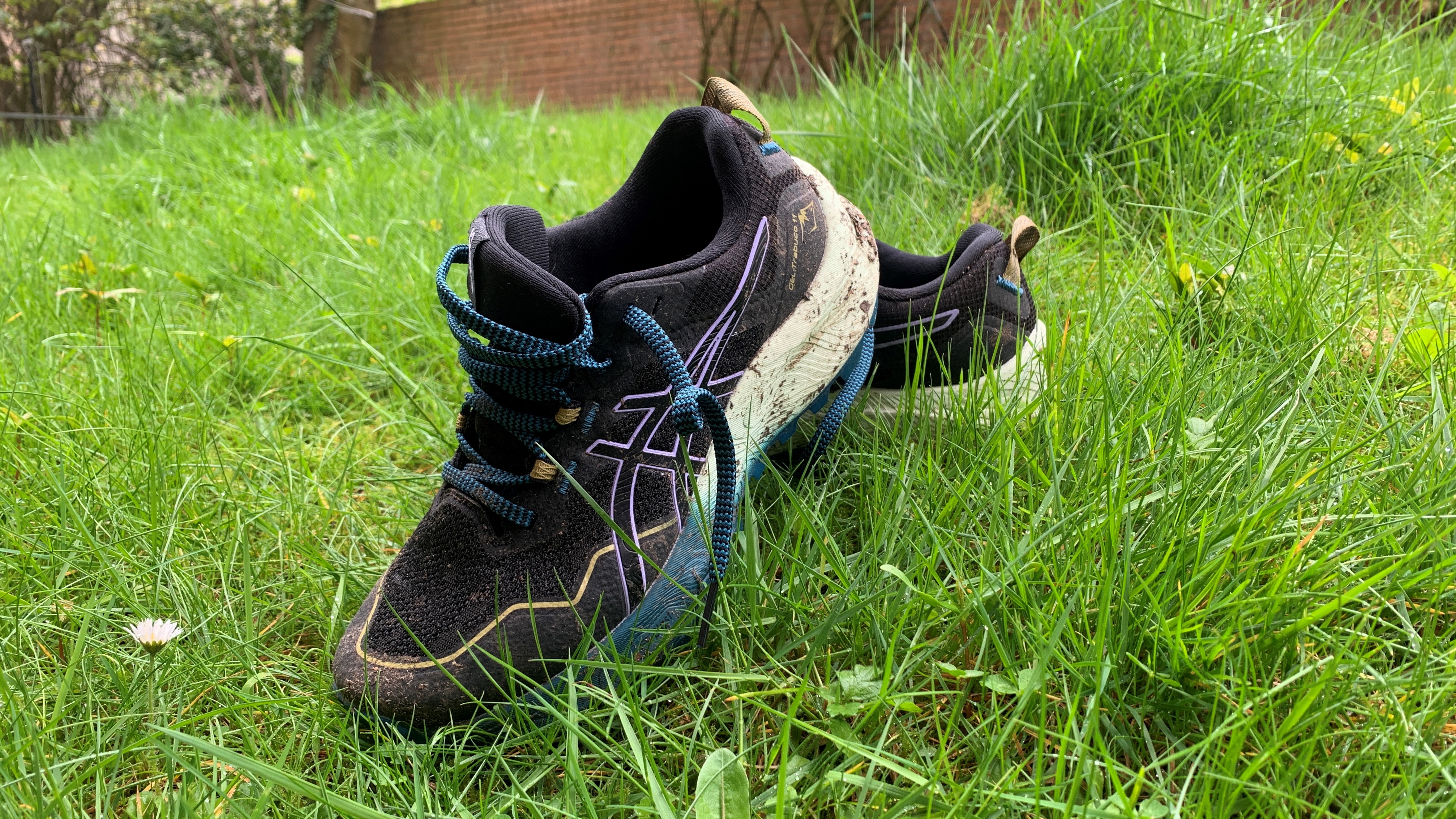
Specifications
Reasons to buy
Reasons to avoid
The Asics GEL-Trabuco 11 are built for long days on the trail, when you want to prioritize comfort. The plush feeling of these shoes is delivered by a well-cushioned midsole and 8mm drop, making these ideal for heel strikers looking for a bouncy ride with plenty of protection along the way. while any runner will benefit from the secure lacing system that locks your foot in place.
Not only are these shoes lightweight, the uppers of these shoes are constructed using breathable mesh and at least 50% recycled materials, meaning they’re lighter on the planet as well as on your feet – at just 250 grams per shoe, we’ve bounded along mud, grass and gravel trails in these with great toe-off. If you are hitting the trail in them, you’ll benefit from the grippy soles on slick terrain, but be aware that the uppers won’t provide as much protection for your feet against sharp rocks than more rugged technical trail shoes. Save these for long days on mellow trails.
These stylish, ultra comfortable shoes provide plenty of cushion underfoot, though the uppers lack protection against hard rocks, so save them for long, easy runs.
Read our full Asics GEL-Trabuco 11 review
The best lightweight shoe

Specifications
Reasons to buy
Reasons to avoid
The Merrell Skyfire 2 is a trail shoe built specifically for tackling shorter distances, with an ultralight design and supreme grip to keep things light and fun.
The whole shoe is designed with speed in mind, with light, breathable uppers to help with warmer days and grippy soles with deep lugs that look almost like a track cleat. This is complemented with carbon plate sandwiched into the midsole which provides a noticeably responsive ride.
At 160g per shoe, these are seriously light trail running shoes, which feel great for long runs and trails that aren't too rocky, as the lack of weight comes with a lack of protection too. The Merrell Skyfire 2 is mostly suitable for grass, mud and steep descents, and it is here that it excels.
The 5mm lugs are deeper than some, propelliing you forward with each step. Merrell really doesn't want you slipping when things start to get technical. The mesh upper is well made, and stop your feet from overheating while drying quicky. Unfortunately, the shoes are not waterproof, something you'll need to consider before a purchase.
Overall, this is a fun, nimble feeling shoe that feels made for speed thanks to its light weight and flexibility. It also feels good on roads if you're heading out for a training run from your front door, or tackling a mixed terrain 10k.There's not much rubber near the midsole meaning they may wear out quicker than most, but for speedy, light runs, there's not much better.
Read our full Merrell Skyfire 2 review
The best for technical trails
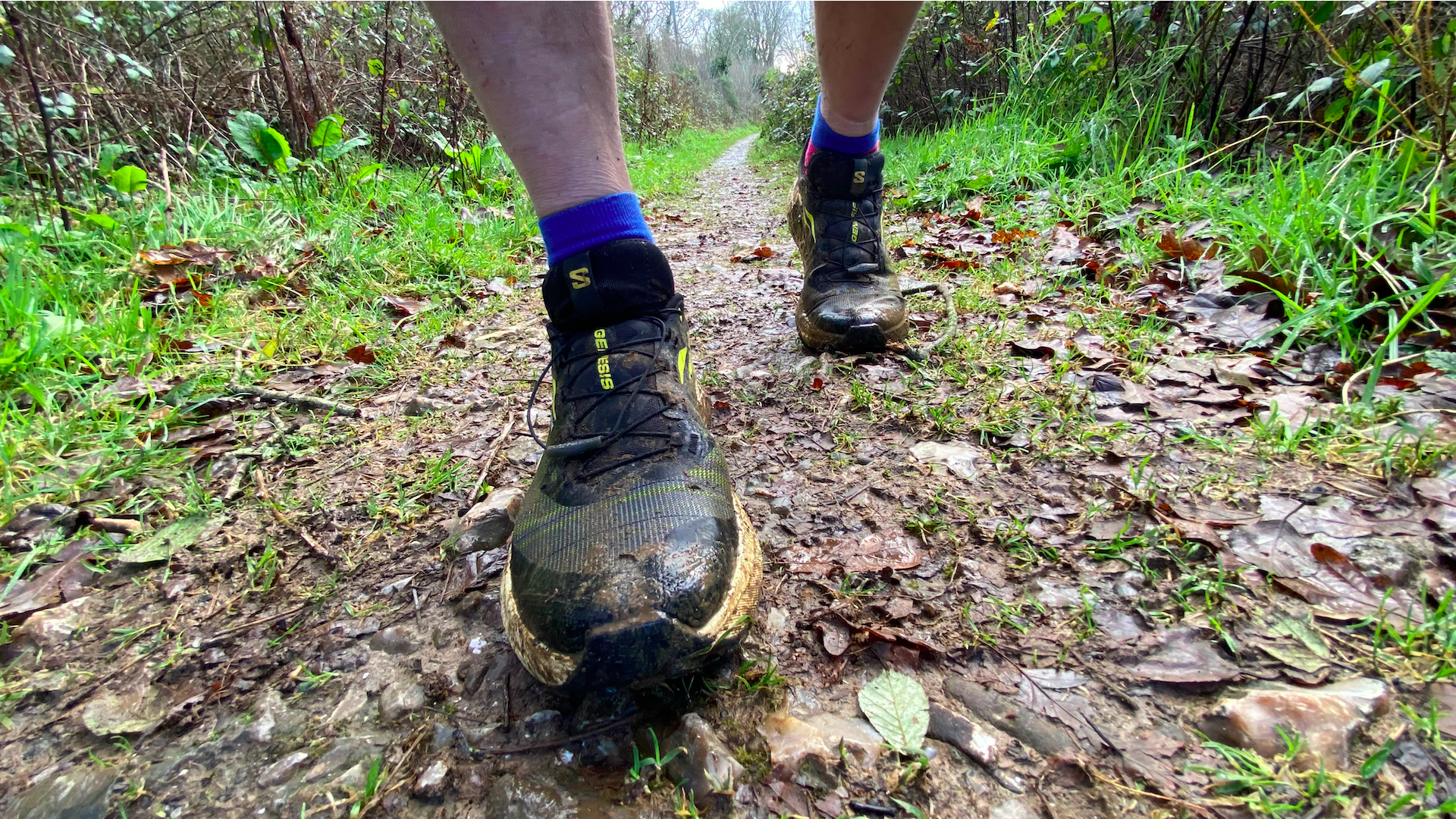
Specifications
Reasons to buy
Reasons to avoid
Unlike many of Salomon’s more high-end performance-focused shoes – such as the more elite S-lab Genesis shoes, which these are based on – the new Genesis trail runners have a much more comfortable fit and feel, with more space around the ball of the foot, which make them a whole lot more comfortable for a lot of people.
Despite this, the hard-wearing woven Matryx upper still supplies excellent foot support, and the Quicklace system enables you to fasten the shoes as tight as you could possibly want them. The Energy Foam in the midsole brings some bounce to the party, and absorbs plenty of impact too.
When all this is combined with an Active Chassis system (which cradles your heel), these shoes really inspire confidence on technical trails, a feeling enhanced by the grip, traction and braking control provided by the Contragrip outsole, with its smartly positioned 4.5mm lugs, arranged in a two-part pattern.
The Genesis have a large stack and a heel-to-toe drop of 8mm, which we find perfect for trail running on a wide range of terrain, offering the ideal balance between supplying protection and maintaining a low centre of gravity on more technical trails. Salomon say the Genesis have been designed to excel on rough and rocky terrain, but there doesn’t appear to be a rockplate in these shoes to protect feet from bruising and potential puncture wounds from sharp stones and sticks.
The best for winter conditions

Specifications
Reasons to buy
Reasons to avoid
Scarpa describe the Ribelle Run Kalibra G winter trail running shoe as an ‘all-weather, all-terrain juggernaut,’ and they're correct, with the Ribelle Run perfectly capable of tackling harsher conditions, built to cope with snow, scree and summits.
Although they are heavy at 370g per shoe, it is soon apparent that the extra weight is needed when dealing with the wintry conditions, and a sock-like fit with no laces presents a level of comfort to offset the weight. Boa’s lacing technology is integrated here, allowing the user to tighten or loosed the shoe using a dial, perfect for quick adjustments made when wearing gloves.
There is other tech integration here too: Polartec’s Windbloc, a polyurethane membrane, provides a water repellant windshield, while WinTherm active insulation aids warmth and breathability. The result is a hardy shoe that will absolutely keep you protected and stable in harsh conditions, but it's also a very pricey shoe due to the aforementioned tech additions.
The best for summer
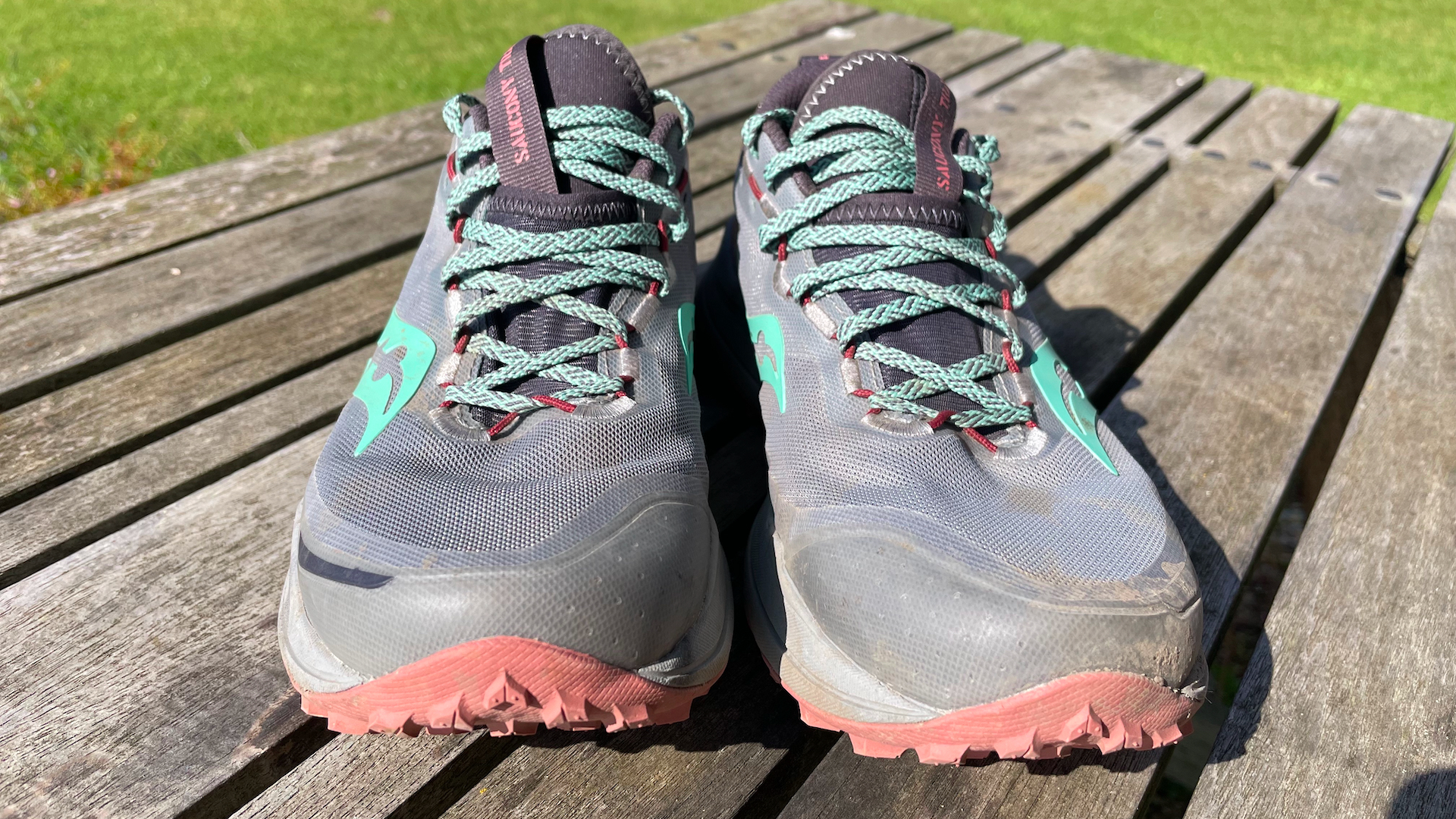
Specifications
Reasons to buy
Reasons to avoid
With a breathable mesh upper, excellent grip on firmer ground, and a roomy toe box, the Saucony Xodus Ultra 2 excels for runs and hikes in the summer months. It's a comfortable shoe too, featuring PWRRUN PB foam providing excellent cushioning for running long distances. A rock plate protects the wearer from sharp rocks, and aside from the most muddy conditions, the 4.5mm lugs are extremely grippy on all types of terrain.
The additional eyelets are a welcome addition, allowing you to customise the tightness somewhat, but the laces themselves are quite slippery, so triple knotting them is advised. While the padding is quite firm to begin with, it soon loosens, and gradually feels more like part of your foot after just a few hours.
The Saucony Xodus Ultra 2 is a versatile and durable shoe overall, a great all rounder, but is very well suited to summer runs. If you're looking for something breathable, but can also hold its own no matter where you run, this shoe may be worth checking out.
The best for ultra runners
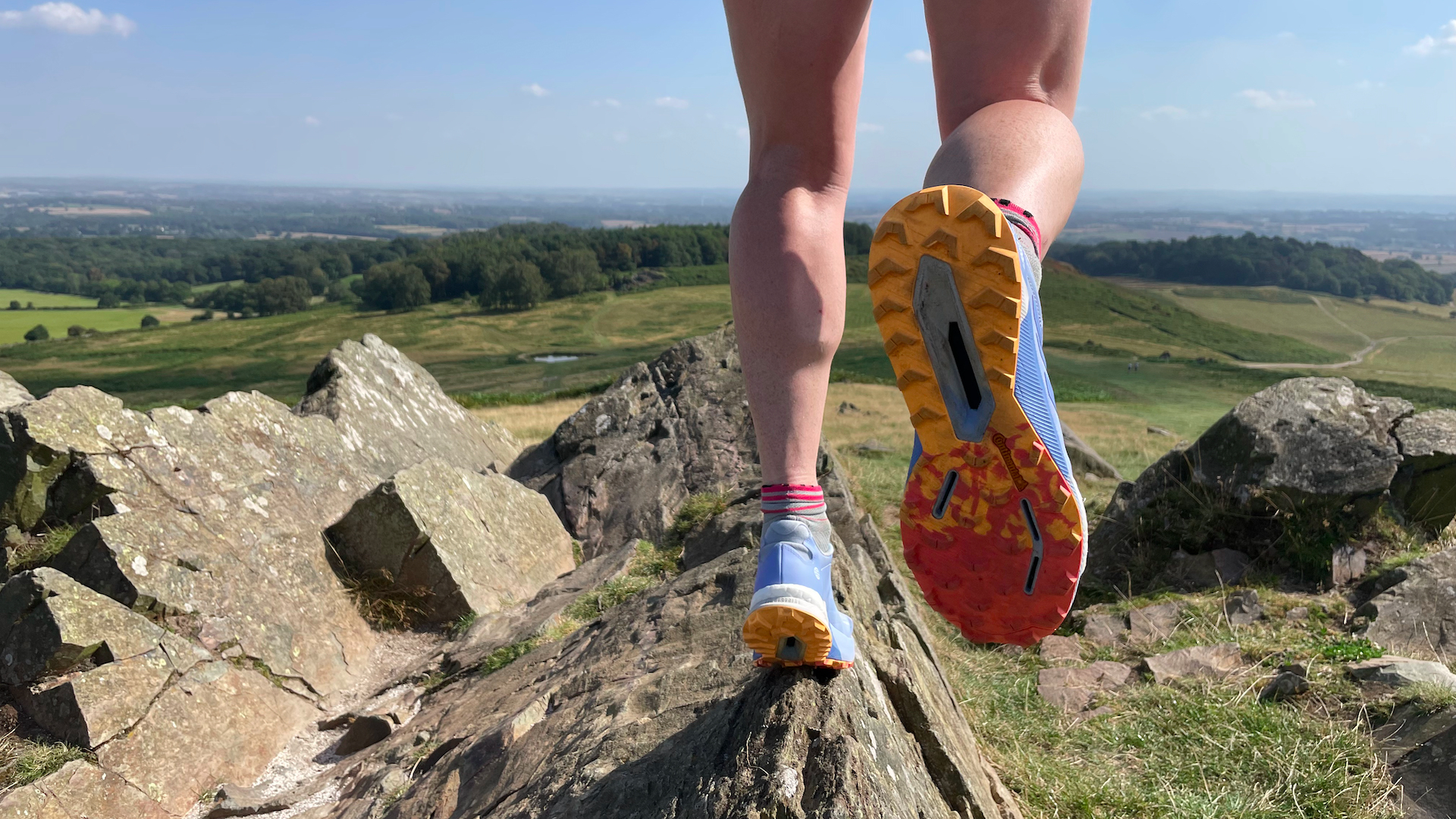
Specifications
Reasons to buy
Reasons to avoid
Although the Adidas Terrex Agravic Ultras are definitely on the heavy side, the use of heavier materials also often equates to durability. So when it comes to ultra running, chunkiness isn’t necessarily a bad thing.
The feel from the Lightstrike cushioning, Boost midsole and Pebax midsole protection plate is stiff and firm with a good rebound for miles of pounding, and it’s nice to see that the upper contains 50%+ recycled content.
The seven-point lacing system is traditional, with flat, grippy laces, giving a secure, snug fit.
The Continental Rubber outsole with the popular, 4mm chevron grip combination is designed for traction in all but the boggiest of conditions, while the 8mm drop should suit most runners.
The toe box is regular but feels roomy, and although the shoe is cushioned you can still feel enough of the terrain beneath your feet to respond quickly to uneven ground as you run, hike or stagger to the end of that ultra.
There’s nothing specifically unique about these shoes; they’re above average in price but they’re good all-round ultra running shoes that will eat up any terrain you throw at them, both in training and racing, and they’ll hopefully last you a long time.
Once I had the fit dialled in, I felt I could run for miles and miles in these grippy and robust ultra running shoes, which provided plenty of bounce and support. They may not be the lightest running shoes around, but they sure can take a pounding.
Read our full Adidas Terrex Agravic Ultra review
Best trail running shoes comparison table
Trail running shoe | RRP | Weight | Drop | Best use |
Saucony Endorphin Edge | $200 (US) / £200 (UK) | 255g / 9oz | 6mm | Trail running, mixed terrain routes |
Merrell MTL Long Sky 2 | $140 (US) / £115 (UK) | 280g / 9.9oz | 4mm | Technical trail running |
inov-8 Trailfly Ultra G 300 Max | $190 (US) / £170 (UK) | 300g / 10.6oz | 6mm | Ultra running, all-distance trail running on hard and rocky terrain, and some road running |
Merrell Agility Peak 5 | $140 (US) / £140 (UK) / €160 (EU) | 309g / 11oz | 6mm | All kinds of trail running, up to and including alpine trails and skyrunning routes |
Saucony Peregrine 14 | $140 (US) / £135 (UK) | 7.7 oz / 220 g (Women's US 6) | 4mm | Trail running |
Hoka Tecton X | $200 (US) / £175 (UK) | 240g/8.5oz | 5mm | Trails and tarmac |
Asics GEL-Trabuco 11 | $150 (US) / £145 (UK) | 250g/ 8.8oz (women’s UK 4) | 8mm | Trail running, road running |
Merrell Skyfire 2 | $200 (US) / £170 (UK) | 160g / 5.6oz 160g (women’s UK 4) | 6mm | Trail running |
Salomon Genesis | $150 (US) / £140 (UK) | 269g / 9.5oz | 8mm | Off-road running on various types of terrain, but especially rough and rocky trails |
Scarpa Ribelle Run Kalibra G | $249 (US) / £240 (UK) | 370g / 13 oz | 4mm | Wintry runs and hikes |
Saucony Xodus Ultra 2 | $149 / £145 (UK) | 504g / 17.8oz | 6mm | Muddy and mixed terrain, ultra distance |
Adidas Terrex Agravic Ultra | $160 (US) / £160) (UK) | 595g / 21oz | 8mm | Ultra running where durable shoes are required |
How we test trail running shoes
Our reviewers test trail-running shoes on varied terrain, including technical singletrack and mud, in a range of conditions, on training outings and during competitive events. Specific features (including grip, foot support, toe and heel protection, cushioning, waterproofing, breathability, materials used and general comfort) are tested against claims made by the brand, and we assess factors such as durability, environmental impact and value for money.
Meet the testers
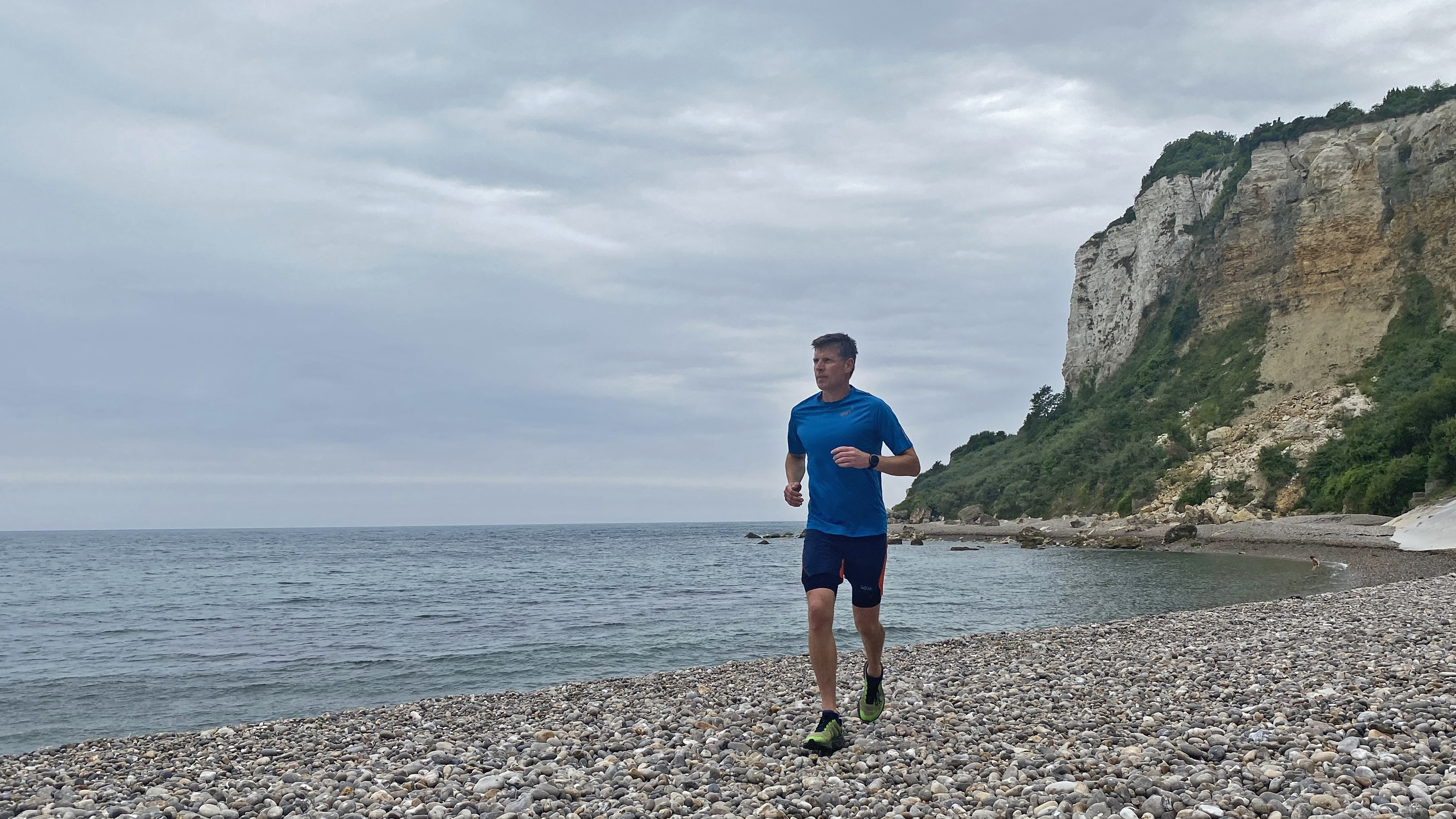
Writer, editor and enthusiast of anything involving boots, bikes, boats, beers and bruises, Pat has spent 20 years pursuing adventure stories. En route he’s climbed Mont Blanc and Kilimanjaro, run an ultra across the roof of Mauritius, and set short-lived records for trail-running Australia’s highest peaks and New Zealand’s Great Walks. He can often be found pounding Devon's coastal trails in the south of England.

Cat is the editor of Advnture, She’s been a journalist for 13 years, and was fitness and wellbeing editor on TechRadar before joining the Advnture team in 2022. She’s a UK Athletics qualified run leader, and in her spare time enjoys nothing more than lacing up her shoes and hitting the roads and trails (the muddier, the better).

Julia is an author, trail enthusiast and yoga teacher who loves heading uphill on foot, ski, bike and belay. She recently returned to her hometown of Glasgow, Scotland after 20 years living in the USA, 11 of which were spent in the rocky mountains of Vail, Colorado where she owned a boutique yoga studio and explored the west's famous peaks and rivers on foot. These days, she explores the majestic Scottish countryside with her running escapades. In her previous lives, she has also been a radio presenter, music promoter, university teacher and winemaker.
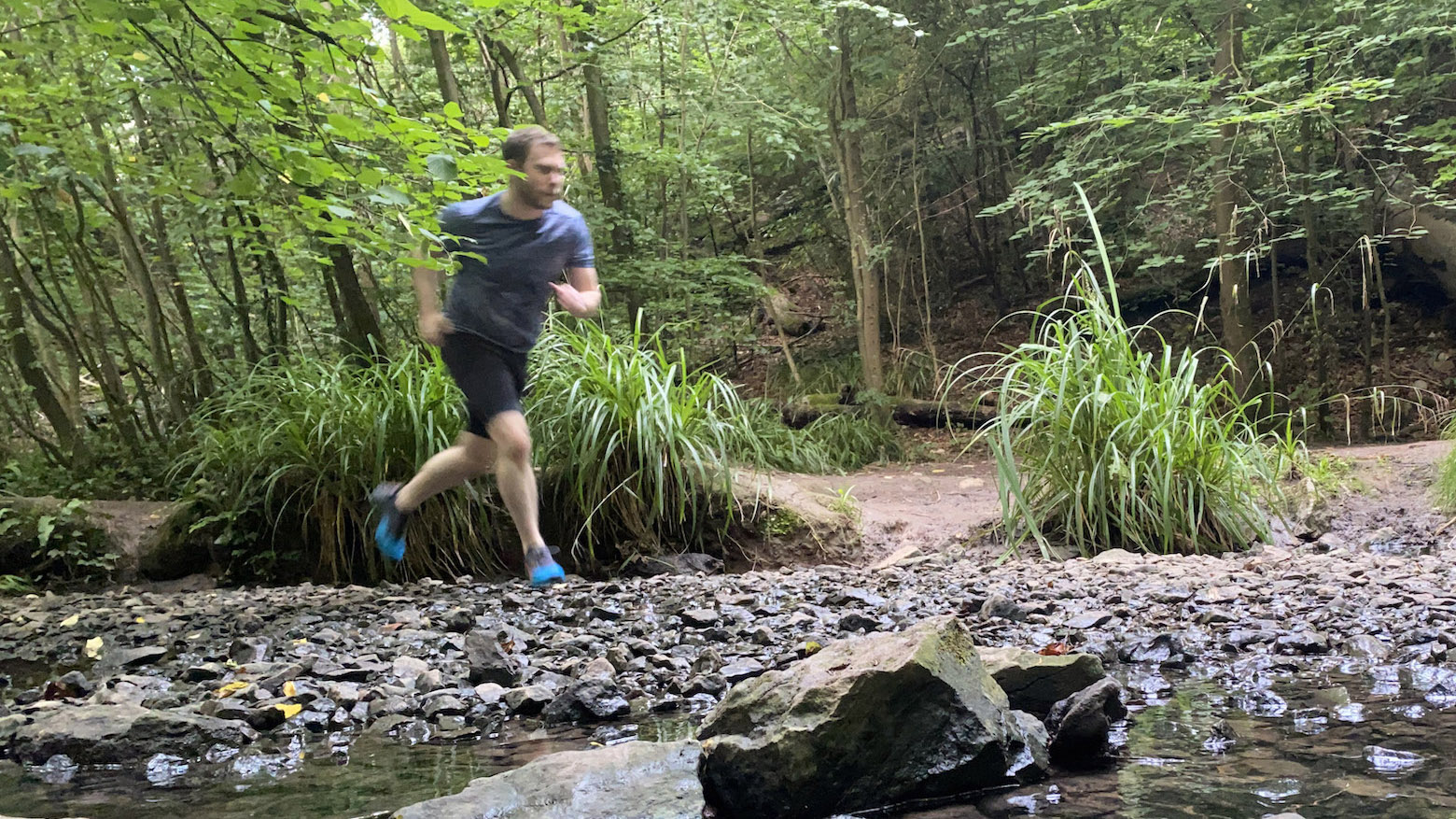
Alex is a mountain leader, trail running enthusiast and writer with an insatiable passion for trails and the mountains. A Cumbrian born and bred, his native English Lake District has a special place in his heart, though he is at least equally happy in North Wales, the Scottish Highlands or the European Alps. When he can't get to the mountains, he gets as much vert in as he can on his local Bristol trails. His trail running CV includes the iconic Ring of Steall Skyrace and a marathon over Pen y Fan, South Wales' highest peak.
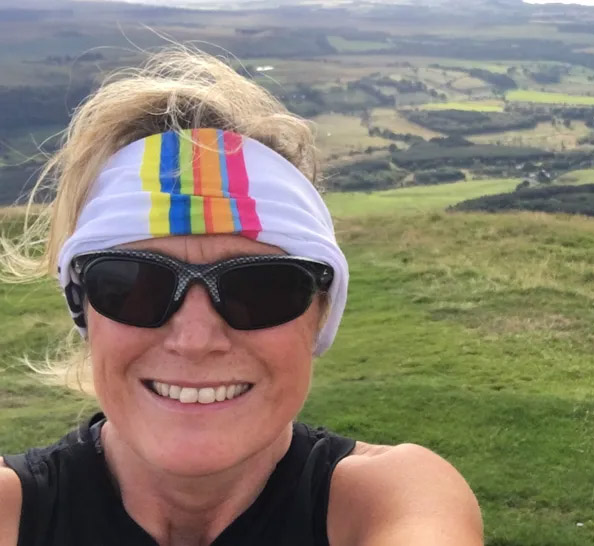
Fiona Russell is a widely published adventure journalist and blogger, who is better known as Fiona Outdoors. She is based in Scotland and is an all-round outdoors enthusiast with favourite activities including trail running, mountain walking, mountain biking, road cycling, triathlon and skiing. Aside from being outdoors, Fiona's biggest aim is to inspire others to enjoy the great outdoors, especially through her writing. She is also rarely seen without a running skort! Find out more at Fiona Outdoors.
How to choose trail running shoes
Working out which of the best trail running shoes are right for you is a fairly involved process, but only because the range is so rich. Of course, it all depends on when and where you intend to run, and your personal preferences in terms of how much or little you like to ‘feel’ the trail.
If you're just working out how to start trail running, it's important to invest in quality footwear, first and foremost. From there, all you need to do is start to find good trails to run, kit yourself out with things like running gloves and trail running sunglasses, and you're good to go.
The only thing that will stop you now is a trail running injury. You can significantly reduce the risk by matching your ambitions with the best trail running shoe for you. If your local trails are steep, rocky and often wet, then prioritise a shoe with good lugs offering great grip. If you’re going to be doing a bit of road running en route to your nearest trails, perhaps choose a shoe with a less aggressive outsole that can cope well with both sealed and unsealed surfaces.
So, before you buy, consider the following...
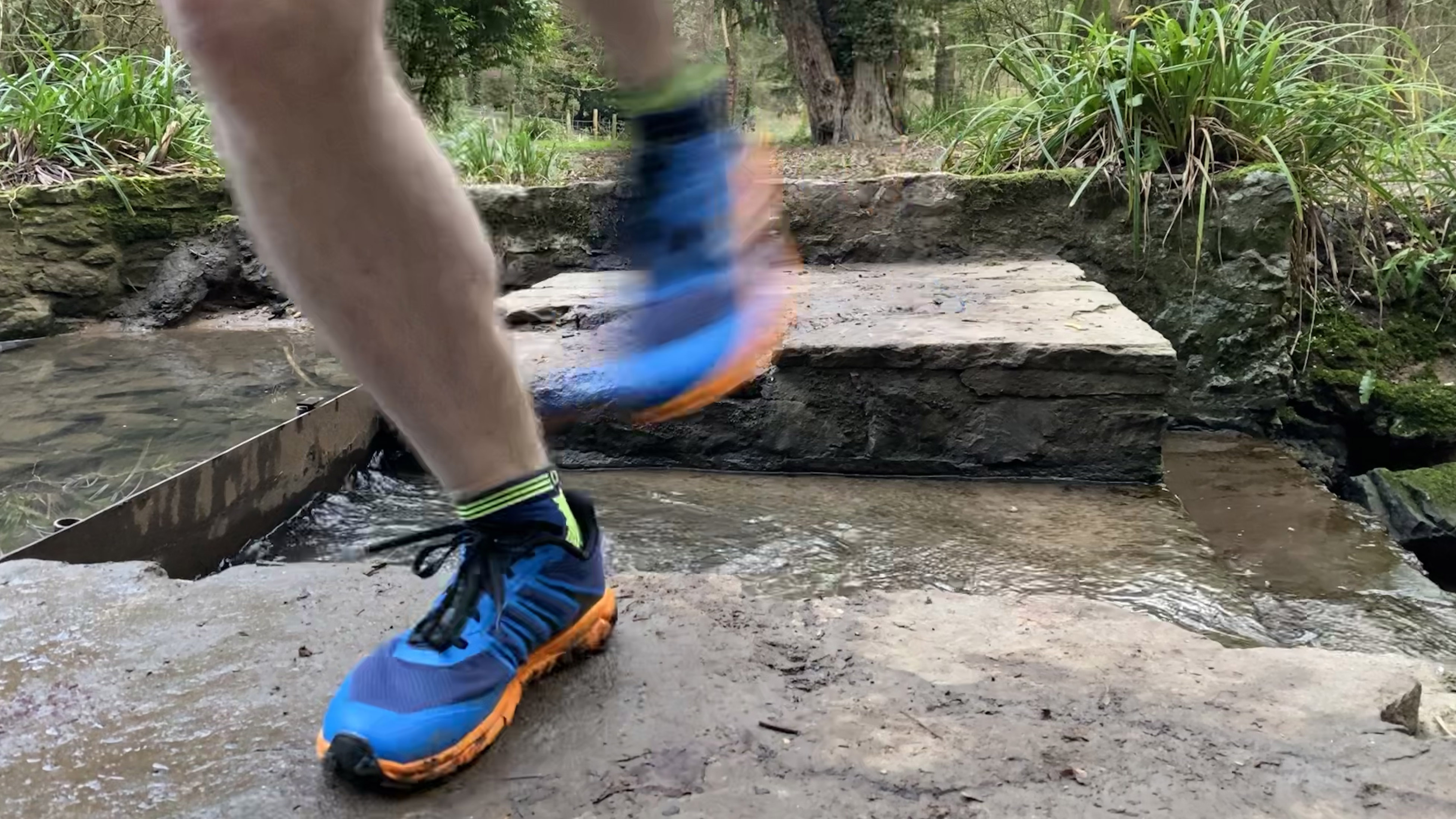
Comfort and fit
Striking a balance between weight and comfort is always an important consideration when choosing the best trail running shoes. You need footwear that will remain comfortable (and light, ideally) when wet, because trail running often involves legging it through mud, puddles, bogs, wet undergrowth and foliage, and tackling stream crossings. Try before you buy – make sure you have enough room in the toe box, and that the collar, tongue and lacing system won’t rub or cause you discomfort or hotspots.
If you’re doing any technical running at all, especially on tight twisty singletrack, it’s important to get your shoe as tightly cinched to your foot as possible, to avoid internal slippage. People’s feet vary enormously – if you have a wide foot or suffer from bunions, some brands (Salomon, for example) might be a bit tight. Other brands allow too much room in the toe box for runners with narrow feet. Often people have subtle differences between their left and right feet – try both shoes on (with running socks on) to make sure they’re comfortable and don’t have immediate rubbing concerns.
Protection
Unlike names, sticks and stones definitely can hurt you, and you will encounter plenty of both while trail running – and lots more besides. The wilderness is ungroomed – that’s why we love it. Inevitably, a trail running shoe won’t offer you as much protection from trippy roots, knobbly rocks and other natural obstacles as the best hiking boot, best hiking shoe, or even the best budget hiking boots, but look carefully at how substantial the outersole is, and check to see is there is a rockplate in the midsole, which will prevent the worst foot injuries (punctures) should you run over something seriously sharp. An integrated tongue will help keep grit out.
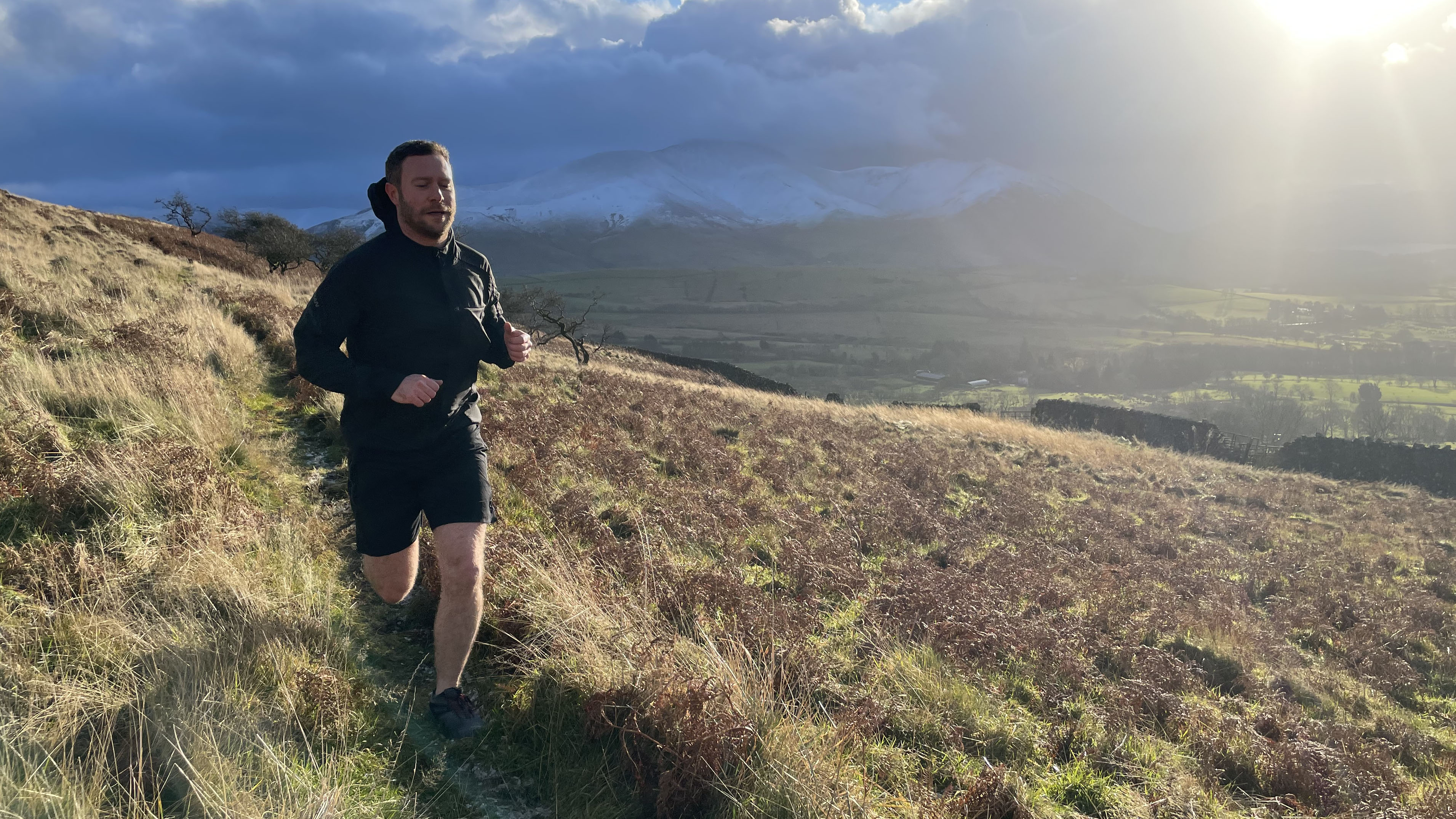
Grip
Arguably the most important job the best trail running shoes need to perform is to keep you the right way up. Check out the configuration of the lugs on the outersole of the shoe you’re looking at, to see how aggressive they are. Think about it like the tread on the tyre of your car or mountain bike – simplistically put, the chunkier the tread the better grip and traction you will have on rough terrain, but the slower you’ll be in smoother conditions.
Very aggressive lugs can make it feel like you’re walking around in football boots when you’re on sealed surfaces or rock hard ground. Rear-facing lugs on the heel can help you stay in control during steep descents. Materials are important too, softer rubbers provide a better, more bitey grip, but they’re not as hardwearing and will rub away relatively quickly.
Waterproofing and breathability
There is a tendency for outdoorsy types to automatically gravitate towards footwear with Gore-Tex (or equivalent) membranes in the uppers, but often this is overkill in a trail running shoe, making them run unnecessarily hot and pushing the price up. Trail running shoes tend to have a low cut cuff, well below the ankle, so it doesn’t take much for water to get in over the top – and if that happens then no amount of waterproofing will keep your socks dry. It’s often better to go with a shoe that incorporates lightweight mesh or materials that will drain and dry quicker, and allow your foot to breathe much better.
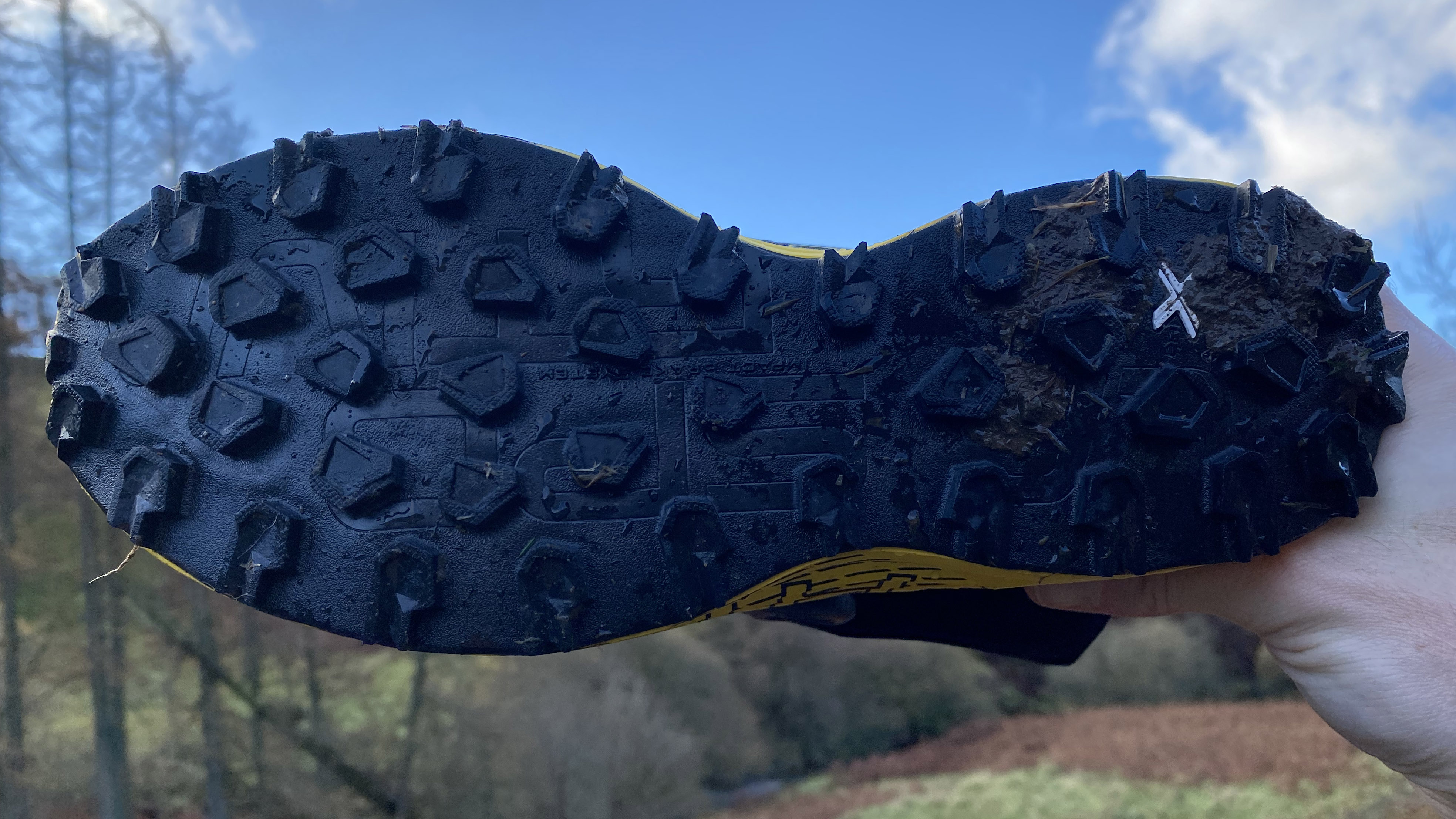
Durability
While you can’t expect to get the same lifespan out of a pair of trail running shoes as you would hiking boots or walking shoes (because they’re made from lighter materials and get subjected to more sustained and intense treatment), a degree of robustness should be sought. Check out materials, stitching and seam sealing, and look carefully at lacing systems for any signs that they might be vulnerable to failure. Harder outsoles are more longlasting, but softer rubbers supply better grip. Inov8’s graphene outersoles claim – with a fair amount of justification – to offer both.
Performance
While we often spend a lot of time inspecting the design of the upper or analyzing how well an outersole will perform, much of the magic in the best trail running shoes happens in the typically hidden midsole. Do your research or inspect the shoe to see how much cushioning it offers, and what the rebound is like. Pick a pair of shoes with a high lace eyelet – most do have at least one on either side of the shoe, higher up than the standard lacing system goes – which is useful for preventing shoe loss during bog crossings.
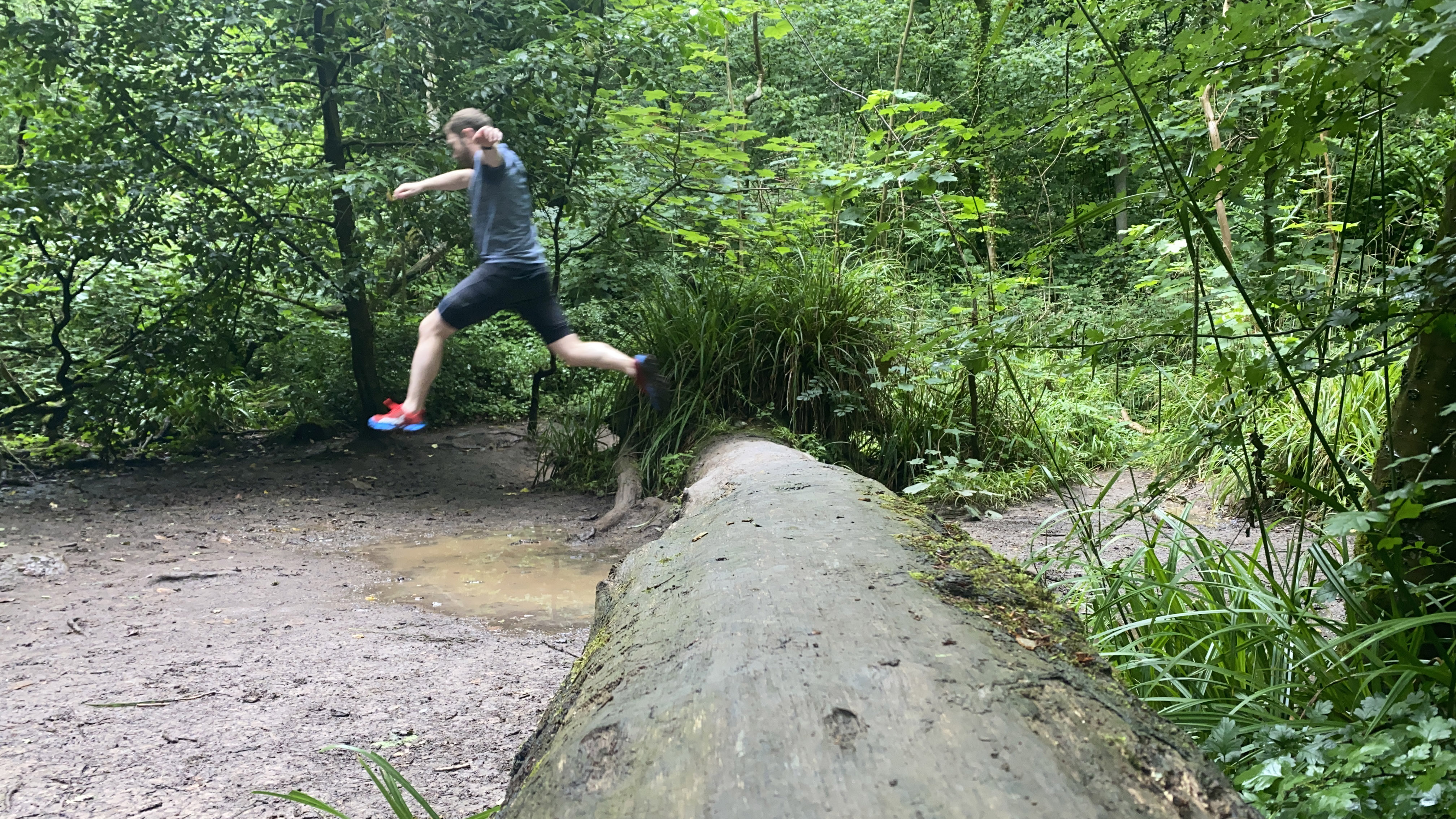
Drop, cushioning and rockers
Traditionally, running shoes were typically made with a ‘drop’ (which refers to the difference between the height of the heel and the toe) of around 12mm. In more recent years, the best trail running shoes have trended towards reducing that drop to 8mm or less, to better tune into the human bodies inherent, natural running style and because trails are much more forgiving on joints than roads are.
General guidance is runners who naturally heel strike (land on their heel first) should opt for shoe with a higher drop, whereas mid and forefoot strikers should go for a smaller drop. Debate continues about which form is the best, with some claiming that heel striking is bad for you, while others arguing that it's only when you actively try to change your form too quickly that injury is likely to occur. With this in mind, it's good to match your current form with the correct amount of drop.
Minimalist shoes have a very small drop, and true ‘barefoot’ shoes have none at all – taking a very tactile approach to the trail, where you fully engage with and can feel the terrain you’re running over, and have to think carefully about foot placement. Confusingly, you can get shoes with loads of cushioning in the sole, often called ‘maximalist’, that also claim to be minimalist because of their small drop. It’s better to think about the two things separately: how much drop do you prefer, and how much cushioning do you like?
Some maximalist shoes have a ‘rocker’, which means instead of being flat to the floor, the bottom of the sole curves like the legs of a rocking chair, helping (it’s claimed) with forward propulsion from foot strike to lift off. Whether you love or hate these options is very subjective, and often comes down to your running style (whether you’re a heel, midfoot of forefoot striker). Try them on the trails and see what suits you best.
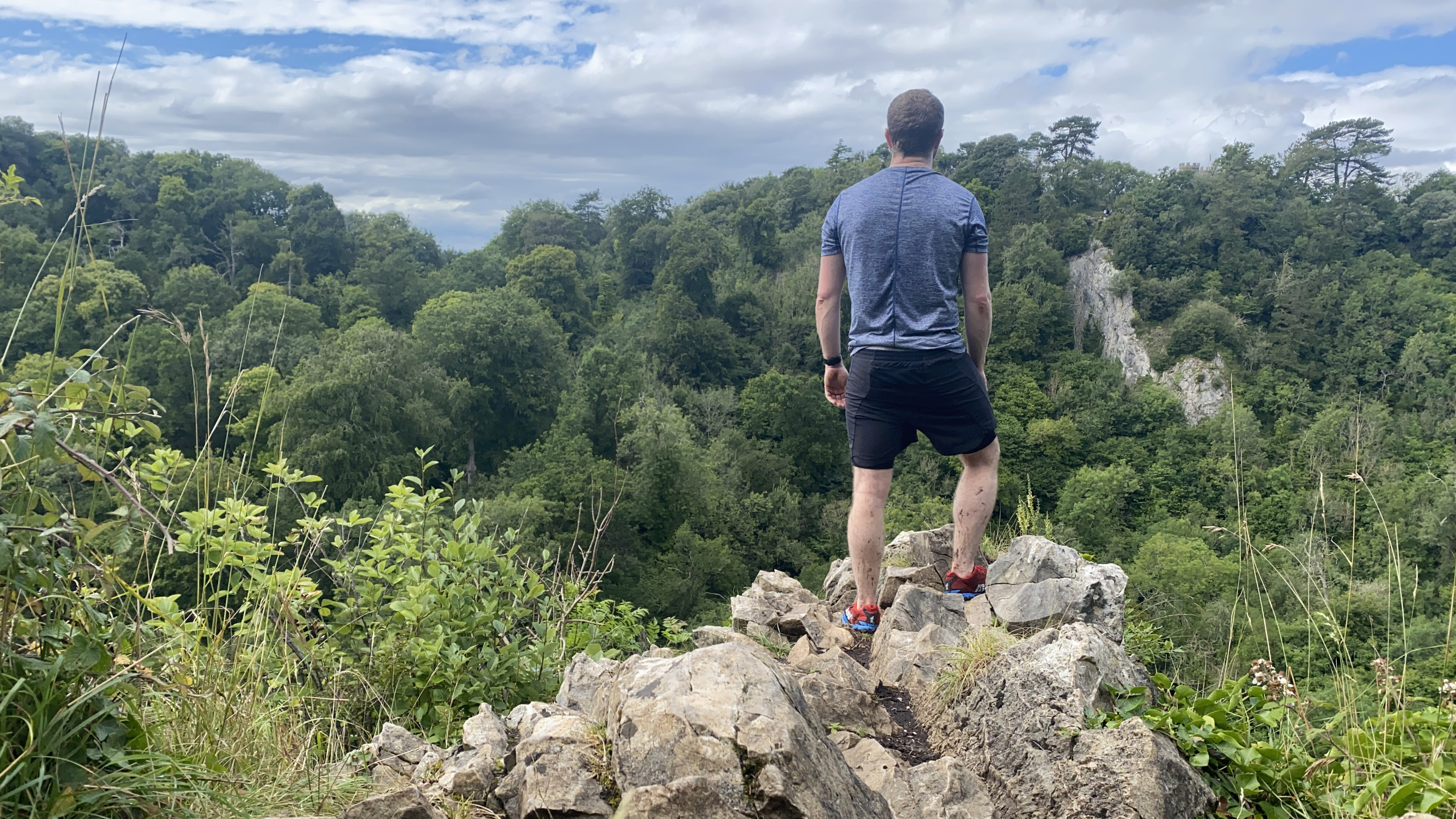
Value
We’ve all got budgets limits we need to stay within, and trail running shoes aren’t cheap, but if you find a hardwearing trail running shoe that’s suitable for all your off-road running needs, then it’s worth shelling out a bit more for it. Better to buy a shoe made with robust materials, than to go cheap and end up needing to replace more often.
- Best road running shoes: lace up and hit the streets
All the latest inspiration, tips and guides to help you plan your next Advnture!

Author of Caving, Canyoning, Coasteering…, a recently released book about all kinds of outdoor adventures around Britain, Pat has spent 20 years pursuing stories involving boots, bikes, boats, beers and bruises. En route he’s canoed Canada’s Yukon River, climbed Mont Blanc and Kilimanjaro, skied and mountain biked through the Norwegian Alps, run an ultra across the roof of Mauritius, and set short-lived records for trail-running Australia’s highest peaks and New Zealand’s Great Walks. He’s authored walking guides to Devon and Dorset, and once wrote a whole book about Toilets for Lonely Planet. Follow Pat’s escapades on Strava here and Instagram here.
